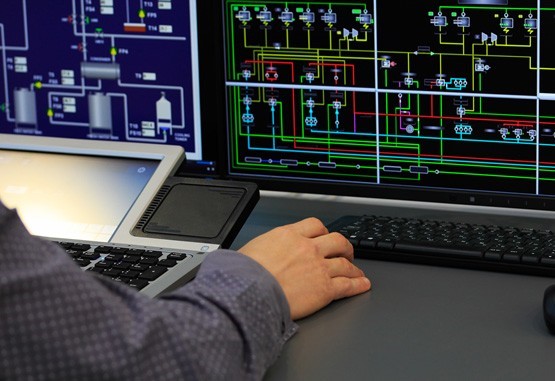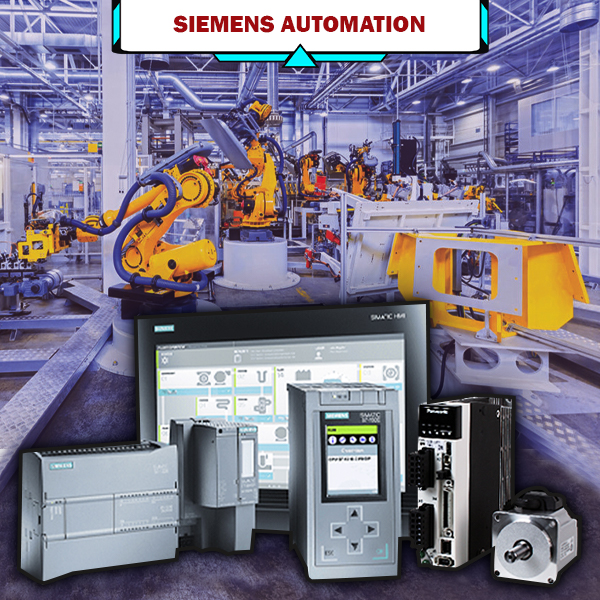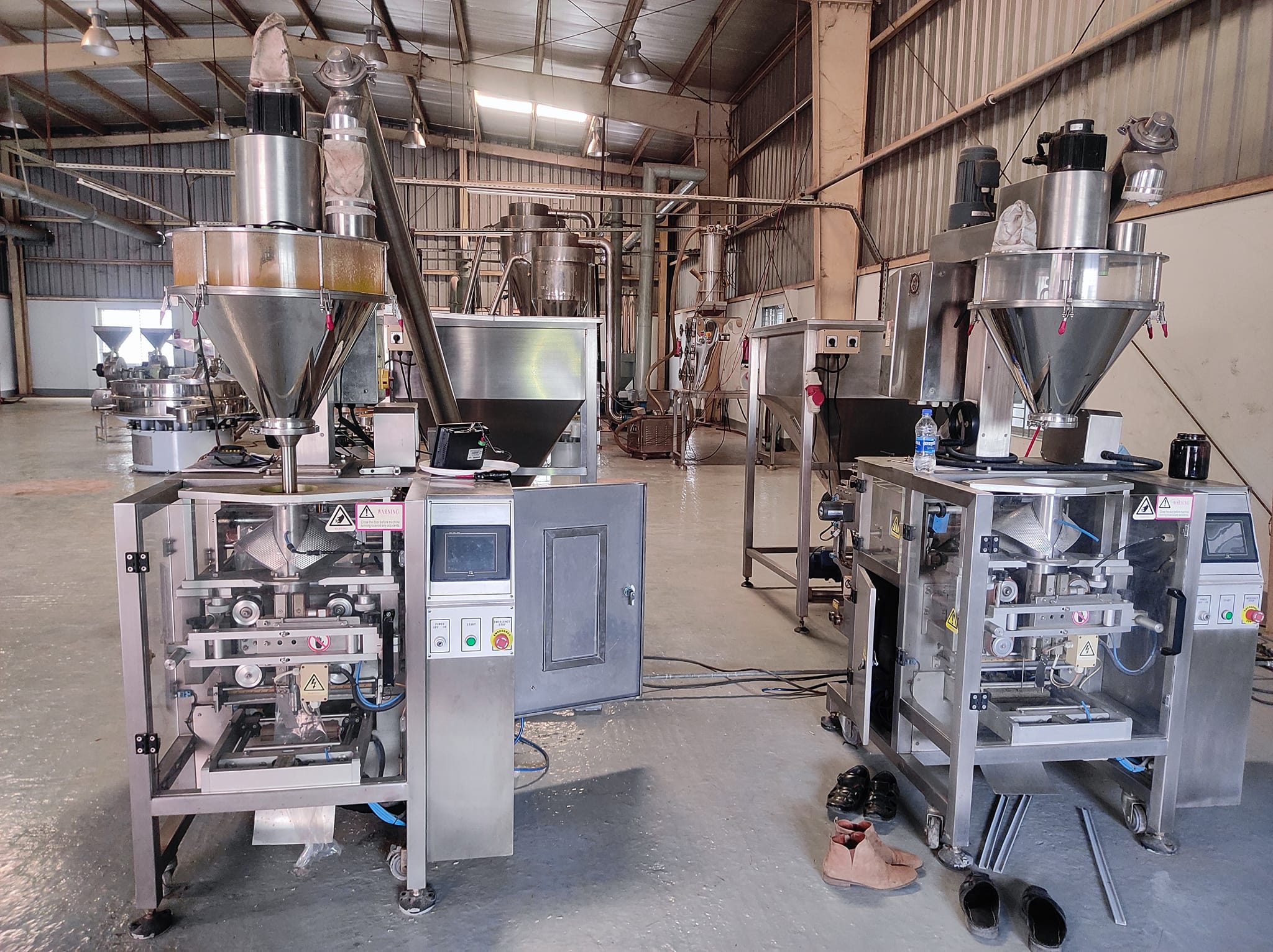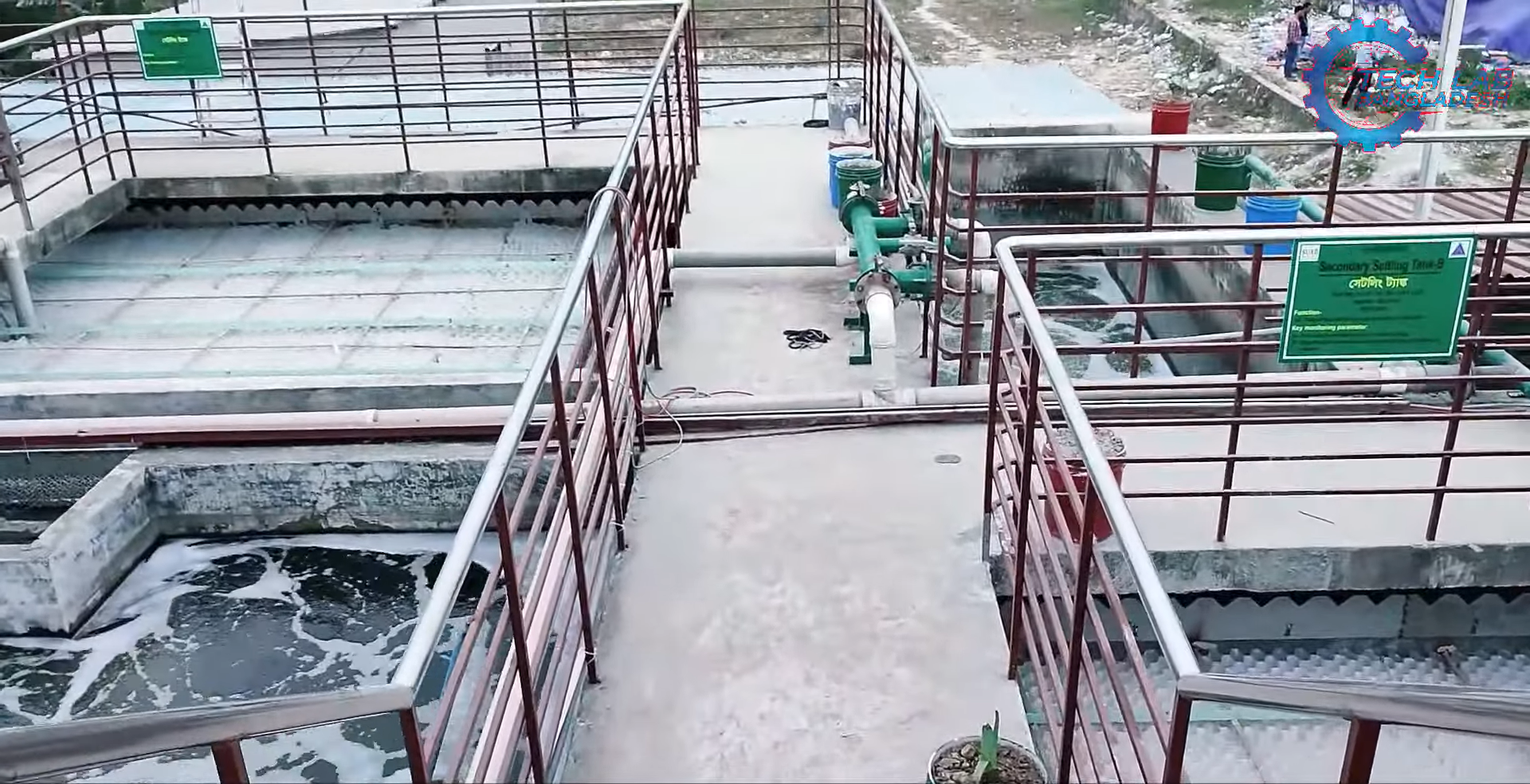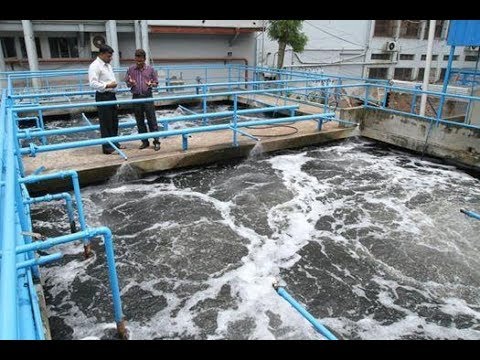TRU Fabrics ETP Automation Project
An Effluent Treatment Plant (ETP) is a facility that is designed to purify industrial wastewater so that it can be reused. The main goal is to release clean water into the environment which does not contain oils, grease, toxic materials like cyanide, degradable organic compounds, inorganic compounds, heavy metals, suspended solids, or any other pollutants. ETPs are typically installed around textile, medicine, leather, and chemical manufacturing industries in order to collect and clean the contaminated water from outlet pipes, reservoirs, rivers, lakes, etc.Outline of The ETP Automation Process
As ETPs become mandatory for almost every industry, automation is required in order to keep up with the growing demand. Manually operating the water treatment process does not yield the desired results and is time-consuming and resource-intensive. Additionally, it is prone to human errors, which can compromise the efficiency of the system. Hence, using an ETP automation system will reduce these errors as well as increase the efficiency of the process. Here is a basic outline of the entire process. Firstly, all of the wastewater from the tank is pumped into a screening section whereby the solid waste is removed. After this process, the pH level of the water is measured. If the pH value is greater than 7, then acid is added to neutralize. On the other hand, if the pH value is lower than 7, then a base is added instead. In the next stage, coagulant alum is added to the water, which is mixed using a stirrer driven by a DC motor. Next is the filtration stage where flocks are removed. Then stabilization and disinfection of water are done by adding alum, sodium bisulfate, and chlorine. Lastly, after all of these stages, the water is then stored in a reservoir tank which is fitted with level sensors to keep track of its current condition. However, if you want to have a deeper understanding of the ETP automation system, then we will have to talk about PLC and VFDs.
VFD
And PLC In ETP Automation
A variable
frequency drive (VFD) is a type of motor controller that is used to drive an
electric motor by changing its voltage and frequency. VFDs are used in
wastewater stations to control the flow of sewage through the pumps. This helps
the ETP to achieve its required flow.
On the other
hand, programmable logic controllers (PLCs) are industrial computers that are
used to control the whole ETP automation system. PLCs are used to operate the
level sensor, flow meter, pH sensor, power supply, DC motor, control valves,
and pump.
Both VFD and PLC are integral components of an ETP because they are used to control the whole water treatment process. The flow and velocity of the water are controlled by the VFD, which is operated using a PLC.
Benefits
Of Using ETP Automation
There are
several key benefits of using an ETP automation system. They are outlined
below:
- More precise access to data.
- Can increase the capacity of the total water treated.
- Automation can help improve and modernize legacy ETP
systems.
- Reduction in the use of chemicals and energy.
- Reduces the amount of water lost during the treatment
process.
- Has the potential to be operated remotely.
- Predictive diagnostics and maintenance can reduce
downtime.
Tech
Lab Bangladesh’s Projects on ETP Automation
Tech Lab
Bangladesh is one of the key providers of ETP automation solutions in
Bangladesh. Previously, Tech Lab Bangladesh worked with TRU Fabrics Limited to set up a fully automated ETP system. The
scope of our work included designing, developing, installing programming, and
commissioning VFD and PLC for ETP automation. The components used for the
project include S7 300 PLC, analog and digital inputs and outputs, TP 700 HMI,
SCADA, etc.
The PLC
collects data from the electromagnetic flow meter, ultrasonic level meter, DO
sensor, pH sensor, and other components that are used to measure the level of
effluents present in water. The PLC then compares the sensor readings with the
set point. If the reading is higher than the set point, then the PLC begins the
process of purifying the water by turning on the blower pumps sequentially
using the PID. When the DO and pH levels are close to or below the desired
level, then the PLC shuts off the blower pumps sequentially. This is a summary
of how the whole process works.
Ending Thoughts
Water is one
of the most precious resources for humankind as without it surviving would be
impossible. It is our duty to use it in a sustainable way without wasting it.
It’s not possible to deny that several industries require water to operate and
function. However, that has to be done in a way so that clean sources of water do
not become contaminated. That is why the importance of ETPs cannot be
understated. Tech Lab Bangladesh is
leading the way in providing a variety of industries with ETP automation
solutions so that they can use water without wasting or contaminating it.
Manufacturers can use our ETP automation systems to disinfect water in a very
cost-effective way before discharging it into the environment.
